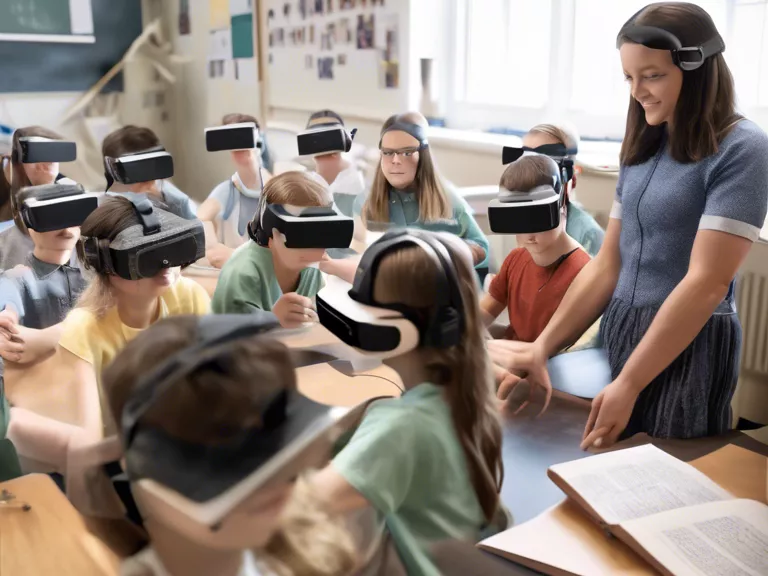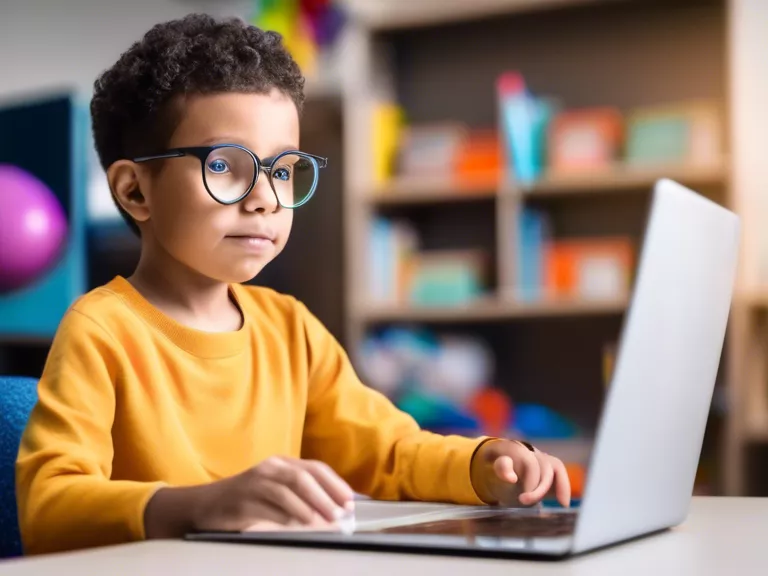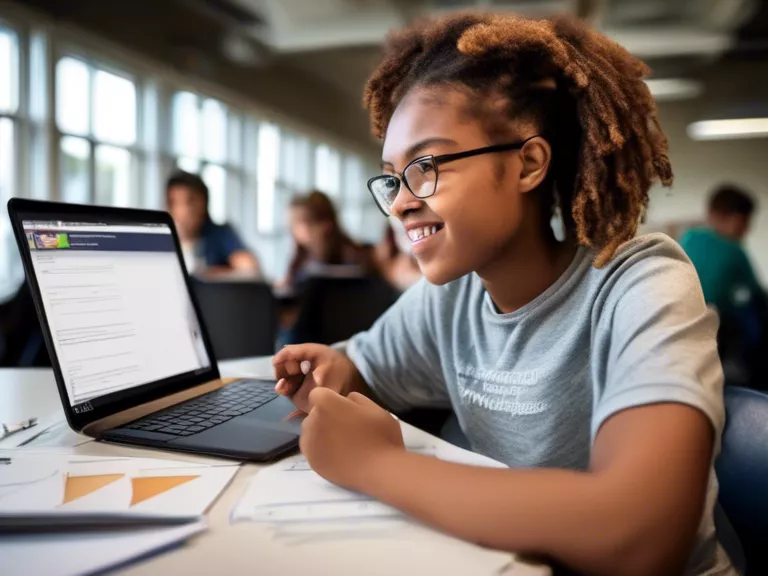
Virtual reality (VR) technology has revolutionized the way students learn about history and science in classrooms. By immersing students in realistic and interactive virtual environments, VR classrooms are enhancing the learning experience and making lessons come to life. From exploring ancient civilizations to conducting virtual experiments, students are able to engage with the material in a whole new way. Let's take a closer look at how VR classrooms are transforming education.
One of the key benefits of VR classrooms is the ability to transport students to different time periods and locations. Instead of simply reading about World War II or the Renaissance, students can actually experience these historical events firsthand through VR simulations. This immersive experience allows students to gain a deeper understanding of the past and a greater appreciation for the complexities of history.
In addition to history, VR classrooms are also revolutionizing the way students learn about science. By using VR technology, students can embark on virtual field trips to outer space, explore the human body on a microscopic level, or witness the inner workings of a plant cell. These interactive experiences not only make science lessons more engaging but also help students retain information more effectively.
Furthermore, VR classrooms provide students with the opportunity to participate in hands-on experiments and simulations that may not be possible in a traditional classroom setting. Students can conduct virtual dissections, build complex machines, or even simulate the effects of climate change on a global scale. These practical experiences not only reinforce key concepts but also spark curiosity and inspire a love for learning.
Overall, VR classrooms are transforming the way students learn about history and science by making lessons more interactive, engaging, and memorable. By immersing students in realistic virtual environments, VR technology is enhancing the educational experience and empowering students to explore the world in a whole new way.



